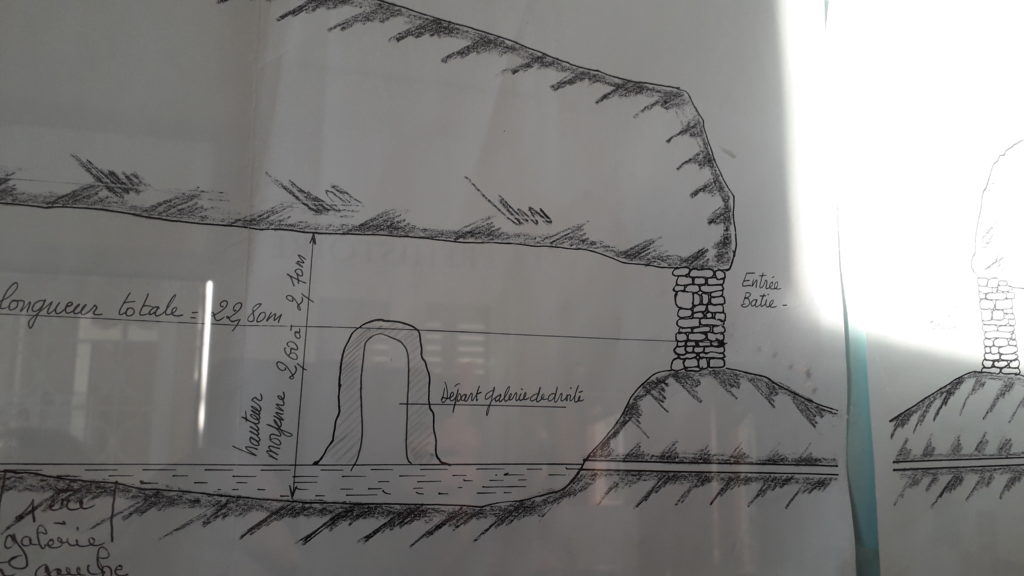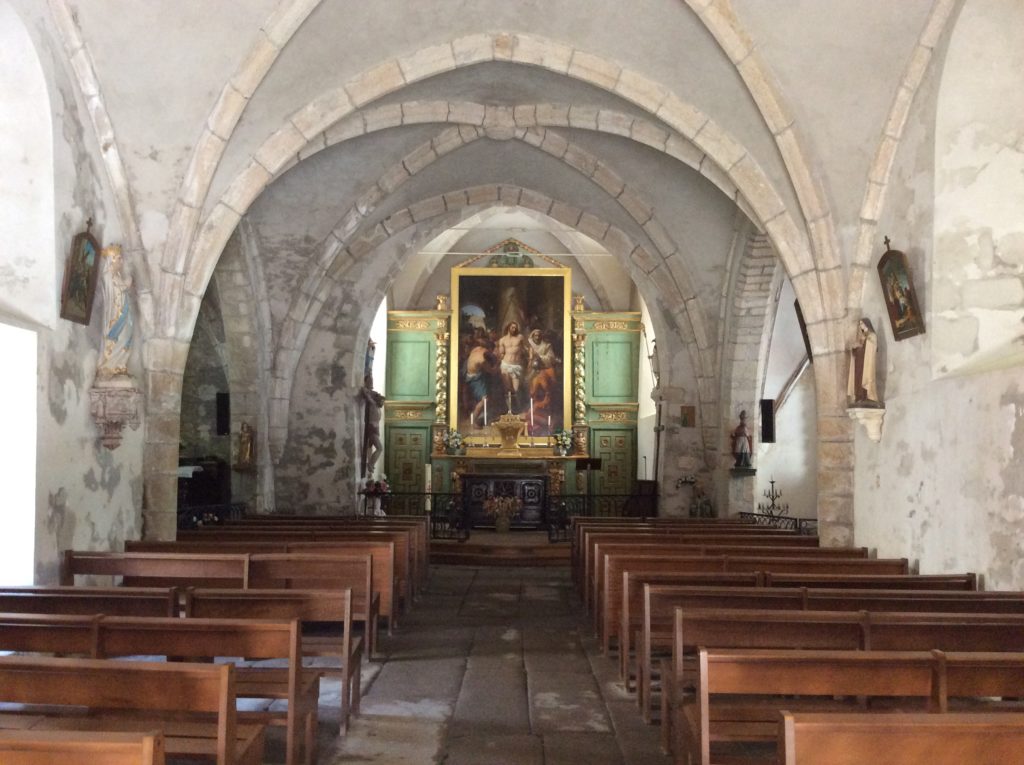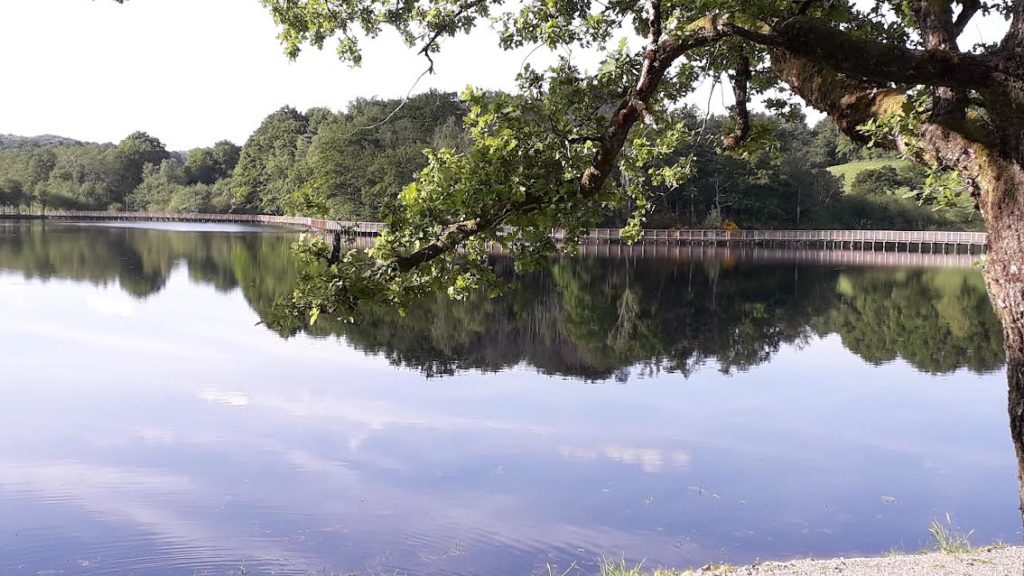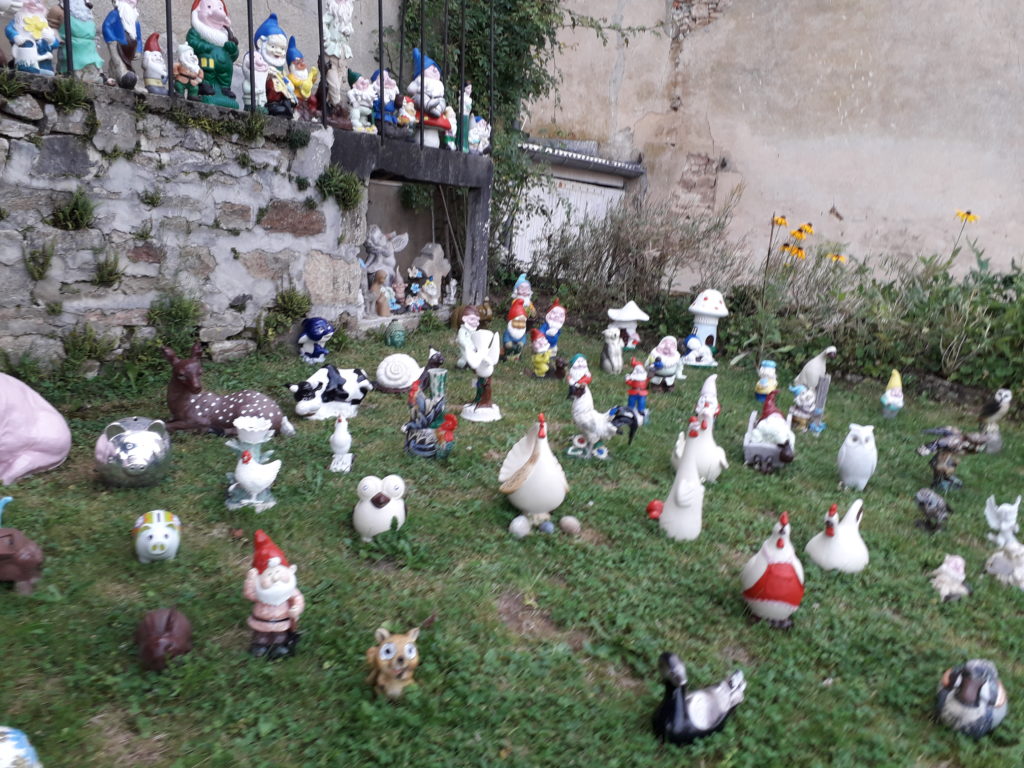Oui, exceptionnellement, un article en anglais ! Mais vous pouvez aussi le lire en français.
You’ve never heard about Meilhards? So too, my Parisian friends. Though I was born in Meilhards, all my professional live has been somewhere else: Paris most of the time but also Beijing, Hong Kong and Japan. I returned to my hometown in 2019. Before you come here to do a linguistic homestay, I would like to introduce Meilhards: you will see this not an ordinary place!



Meilhards is a small village located between Brive and Limoges, in Nouvelle Aquitaine. 530 inhabitants. 12 people per square kilometer. You might be surprised to learn that Meilhards is also the setting of a recent documentary dedicated to the evolution of rural life. The 3 movies (2008, 2018, 2019) were shot in Meilhards and the talented director Florence Evrard and her team have been invited to various festivals to present her work… and Meilhards of course.



The name « Meilhards » probably comes from « millet », a very common crop in the area during centuries. Local Chevaliers could create money (gold coins) which was a privilege given by the King. The village was rather successful and even became a district head in 1790. For ages, people of Meilhards have been making their living from a solid polyculture: wheat, buckwheat, vegetables and hay to feed the farm animals (mainly sheep, nowadays cows). Not to mention the collection of chestnuts to produce flour – the tree was then called « the bread tree ». All very ordinary for these times. Except for one thing: the subsoil being rich with minerals, from the gallo roman epoch, mines were operated in the area. In north Meilhards, until 1912, a gold mine was operated!



During the middle ages, a castle was standing in the centre of Meilhards (right behind the actual Town Hall) and several noble families were the owners of the land, the mills, collecting taxes, even choosing the religion of the people. One of them, the « de Mieillars » was powerful for 8 centuries. Born in a protestant family, Philippe de Meillards (1590 – 1653) served for more than 30 years in King Louis XIV’s army, and was « Commander of the Limousin Royal Troops ». He converted to Catholicism just before his death. The castle burned in 1590 after a battle between Protestant and Catholic troops. A new one was built. It also burned, 8 years before the French Revolution. That’s why, in Meilhards, there is still a “Place du Château” but no castle! However, you can see (and visit) the 15th century church. Small but charming. (Under the large stones of the inside pavement are the tombs of the lords and noble families of Meilhards.)

Another point of interest, at 6km south of the village centre, is Sainte Radegonde chapel. Radegonde, Queen of France, is said to have visited the area in 560. Very pious (she chose to resign from her Queen position and ended her life as a nun) she is said to have cured several people. Close to the church is a fountain, already the center of worship before Radegonde’s venue, renowned for its medical virtues for healing people with rheumatism or skin problems. Until the first part of the 20th century around the chapel and its spring, crowds of pilgrims seeking healing used to gather around the spring and pray in the chapel.



Nowadays, Meilhards is looking for new forms of development. One of them is through a tourist hub via its lake, greatly valued by fishermen and walkers. Recently renovated, the natural surroundings are secure and open to all. In the village centre, a History and Archeological resource, animated by volunteers (visits on demand) explains the evolution of Meilhards.

Is this all for points of interest in Meilhards ? Oooops ! I almost forgot : don’t miss Martial’s gnomes collection, in front of the church !

Information about Meilhards history comes from Armand Vergonjeanne’s book (« Une histoire de Meilhards« ), from Bernadette Chassagne’s guided tours of the village. Thanks to Culture et Traditions Association (run by Jean-Jacques Nanot) who allowed me to have access to its resources, so did Nicolas Des Places. And of course, many thanks to my neighbours Carolyn and John Cooper for proof reading these lines.
